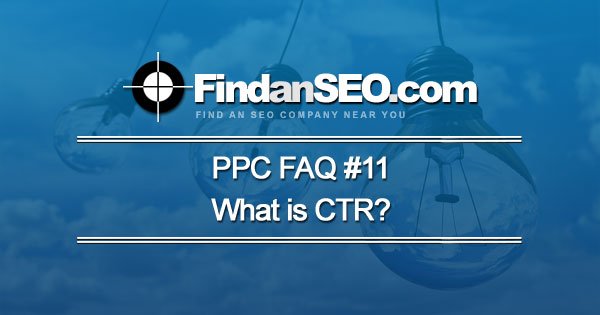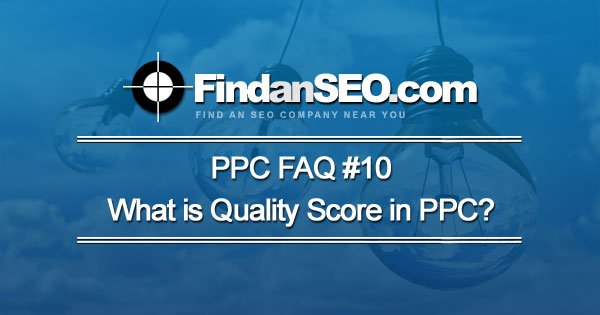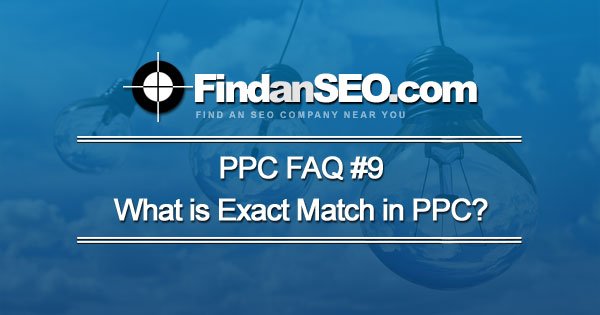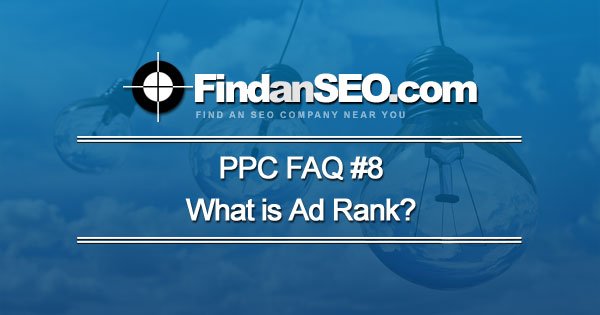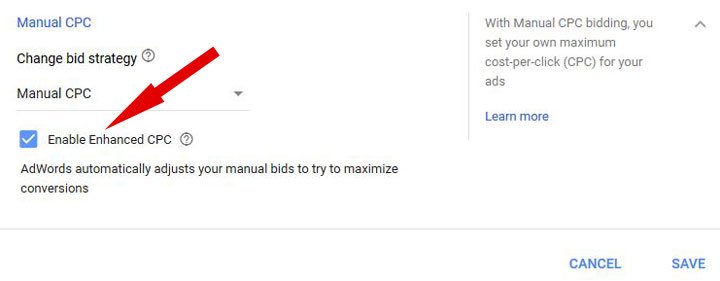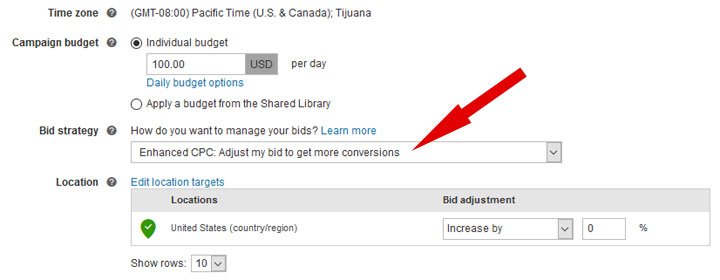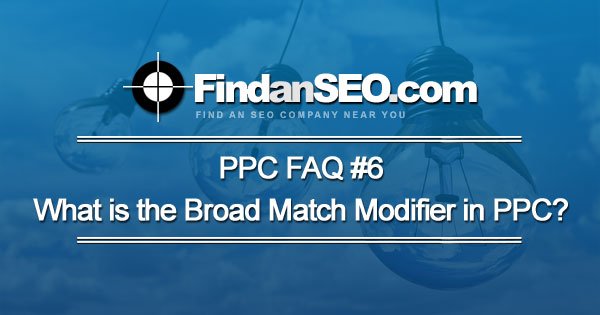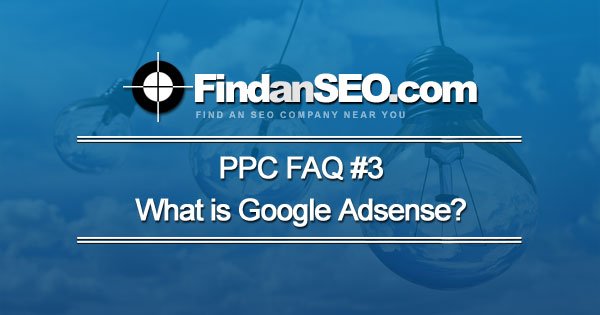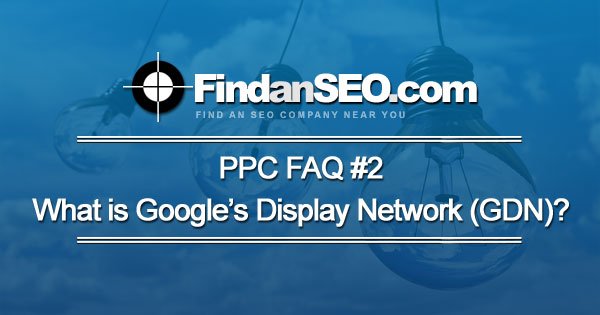Quality score is a rating (Created by Google with similar systems in Bing & Yahoo) that measures the relevance of your pay-per-click ads, keywords, and landing pages. The amount you ultimately pay for every click will be determined by this rating and your maximum bid (also known as ad rank).
Here is the equation Maximum Bid + Quality Score = Ad Rank. Ad rank determines how much you pay per click.
What makes up your quality score?
So let’s breakdown the specifics of quality score. What are the factors that determine the quality of your ads, keywords, and landing pages?
- Expected CTR – having a high CTR is a good indication that searchers have found your ads to be relevant to their search queries. This is the most important factor in the equation. If Google shows the most relevant ads possible (with the highest CTRs), they will get more clicks and make more money. The advertiser will get more volume and a lower cost per click.
- Ad Relevance – Are your ads relevant to the keywords you are bidding on? Do your ads and the corresponding landing page match the search query? To achieve the highest ad relevance scores make sure that the keywords in each ad group have the keywords you are targeting in them.
- Landing Page Quality – Does your landing page match the message of your ad and the corresponding keyword? Landing page quality takes into account several factors including keyword relevance as well as how visitors act on your page (bounce rate, time on page, etc.).
Google doesn’t disclose how much each factor contributes to your overall quality score but click-through rate is widely considered to be the most important.
How do you increase your quality score?
Quality score is a crucial factor in determining how well your ads perform and how much you’ll ultimately pay per click. Focusing your efforts in the areas below will help increase your quality score.
- Keywords and Ad Groups – Every ad group you create should have keywords that are as close in meaning as possible to ensure your ads are as relevant as possible.
- Ad Text – Changes in ad copy that include the keywords you are bidding on will go along way towards increasing expected CTR. DKI (dynamic keyword insertion) is one way to make sure your keywords are included in your ads.
- Landing Pages – Where do visitors go when they click on your ads? Does it closely match what your ads trying to say? Are your targeted keywords included on the page? These are questions that must be answered in order to give your visitors the best experience possible and get a high “Landing Page Experience” score from Google.
- Negative Keywords – Anything other than an “exact match” can potentially generated unwanted search queries. Making sure you have negative keywords in place that prevent unwanted impressions will help increase overall CTR.
Improving your keyword Quality Score comes down to structuring your PPC campaigns into small, well-organized, ad groups that consist of tightly knit keywords, ads, and landing pages.
If a searcher enters a query that triggers your ad and all of these elements are in place, you’re probably going to make them happy because you’ll be providing exactly what the searcher is looking for.
Where do you find your keyword quality score in Adwords?
Every keyword that is targeted on the search network has a quality score. To find individual keyword quality scores follow these steps:
- Go to the “Keywords” tab in any ad group or campaign.
- Click the “Columns” dropdown and then “Customize columns”.
- A “Modify Columns screen appears with a “Quality Score” option.
- Choose “Quality Score” and then click “Apply” to save.
- You should now have a quality score column included in your keywords.
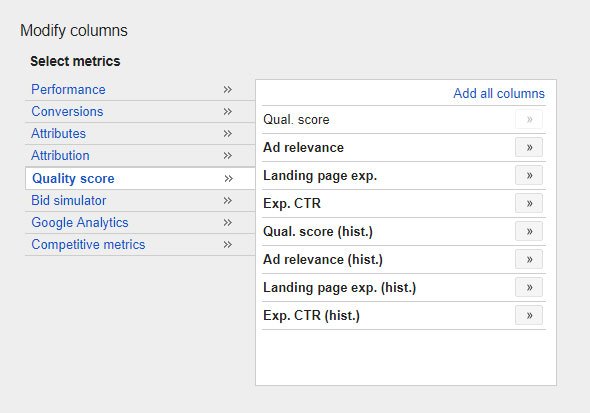
Google also gives you the opportunity to see exactly how they determine your quality score by showing you the score of your keyword based on CTR, ad relevance, and landing page experience. To see this data simply go to any keyword in any ad group and scroll over the status column “icon speech bubble”. You should see something like this:
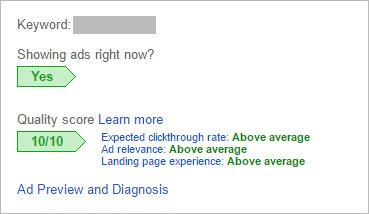
How does Google treat quality score on the search network? Display network?
Quality score is calculated on both the search network and display network every time your ad is eligible to run in the auction, however, quality score on the Google Display Network is calculated a bit differently.
Your quality score on the Google display network depends on several factors including your targeting (automatic or managed placements) as well as how you bid for placement (CPM or CPC). Historical CTR of the ad and landing page quality are typically the go to metrics if keywords are taken out of the equation.
One important thing to remember when comparing networks. Your search quality score and display quality score are calculated separately and one does not affect the other.
Conclusion
Quality score is an important factor in PPC and goes a long way towards determining how much your ads get shown and how much you pay per click. Knowing what quality score is and how it can be improved will ultimately help you lower CPC, CPA, and increase ROI.
